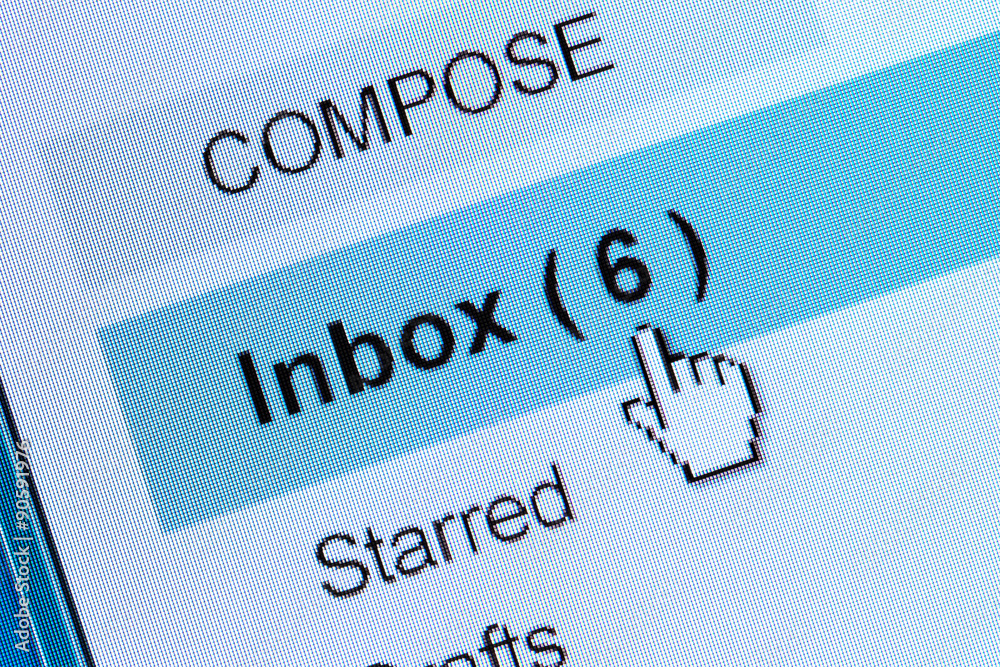What’s Covered in this Article
Keeping close tabs on your email deliverability scores? Good ŌĆö you should be.┬Ā
You might have heard about Google and YahooŌĆÖs recently announced new sender requirements ŌĆö they went into effect on February 1, 2024. Three weeks later, however, they extended the deadline to get your ducks in a row: April 1, 2024.┬Ā
Now is a great time to triple check that you meet all of the new sender requirements if you havenŌĆÖt done so already.┬ĀIf youŌĆÖre a bulk sender (and you probably are if youŌĆÖre reading this!), here are THREE updated requirements you need to implement to avoid decreasing your deliverability scores and increasing your chances of being marked as spam:┬Ā
- Set up DMARC authentication for your sending domain (more on this below!)┬Ā
- Align your ŌĆ£From:ŌĆØ header with your domain ┬Ā
- Make unsubscribing easier and clearer with one-step unsubscribe links
What the Heck is DMARC?
Okay, letŌĆÖs dive in and get to know DMARC. At first glance, it looks like something too complicated to even care about it ŌĆö┬Āwe get it! LetŌĆÖs break it down.┬Ā
DMARC stands for Domain-based Message Authentication, Reporting & Conformance. Simply put, itŌĆÖs a standard that prevents spammers from using your domain to send emails without your permission. Spammers are able to forge the ŌĆ£FromŌĆØ address on messages so the spam appears to come from your user domain. By having the proper DMARC code implemented, you can ensure that any fraudulent emails get blocked before anyone even sees them hit their inbox.┬Ā
HereŌĆÖs the good news ŌĆö┬ĀDMARC is free for anyone to use and implement. Here are some of the benefits that it offers:┬Ā
- Visibility ŌĆö┬ĀMonitor emails sent using your domain to ensure theyŌĆÖre properly authenticated.
- Brand Protection ŌĆö┬ĀBlock spoofed emails that might not align with your brand or impact your reputation.┬Ā
- Security ŌĆö Prevent your customers from falling victim to phishing and spoofing scams that could ultimately impact your organizationŌĆÖs security.┬Ā
- Lower spam complaints ŌĆö┬ĀPreventing spoofed emails from hitting your customersŌĆÖ inboxes can also lower spam complaint rates ŌĆö┬Āa key component to your email deliverability scores.┬Ā
How to Implement DMARC
DMARC gives you full control to set a policy to reject emails from sources you donŌĆÖt know or trust. This small snippet of code added to your DNS server could be a lifesaver for your brand and your deliverability scores. Here is what the typical DMARC record looks like:┬Ā
_dmarc.domain.com TXT v-DMARC1\; p=reject\; pct=100\; rua=mailto:dmarc-reports@domain.com
In the record above, weŌĆÖre setting a policy to say that weŌĆÖre rejecting (p=reject) 100% (pct=100) if the email does not pass DKIM or SPF (two other key deliverability metrics).┬Ā
To learn more about how to generate a DMARC record for your organization and how to implement it on your DNS server (and to make sure you have DKIM and SPF turned on), we recommend using these guidelines provided by Google. Klaviyo also provides a helpful step-by-step guide with detailed instructions on how to set up DMARC authentication.
How Klaviyo Can Help
We know, weŌĆÖre Klaviyo loyalists, but they really are the premier email product on the market. If your a Klaviyo customer, youŌĆÖre in luck ŌĆö┬Āthere are also a handful of new requirements that you donŌĆÖt need to worry about because theyŌĆÖve already taken care of it for you:┬Ā
- Setting up SPF and DKIM email authentication for your domain┬Ā
- Ensuring your sending domain and IP has valid forward and reverse DNS records┬Ā
- Formatting messages according to the Internet Messaging Format standard┬Ā
Not on Klaviyo and having trouble understanding if youŌĆÖre compliant? Here are some helpful guides to check out:┬Ā
- Setting Up SPF and DKIM┬Ā
- Valid Forward and Reverse DNS Records
- Internet Message Format (grab a cup of coffee to get through this one!)┬Ā
That was a lot, but you still have time! Remember that these requirements now go into effect on April 1, 2024. If you run into any issues, there are so many free resources and support tools that can ensure youŌĆÖre compliant and set up for success.┬Ā
Already compliant? WeŌĆÖll leave you with this ŌĆö make sure you monitor your deliverability rates over time to make sure theyŌĆÖre at acceptable thresholds. Here are the key KPIs youŌĆÖll want to monitor and benchmarks to shoot for each:┬Ā
- Unique Open Rate: 15-25%┬Ā
- Unique Click Rate: 1.5 – 2.5%┬Ā
- Bounce Rate: 0.4 – 0.8%┬Ā
- Unsubscribe Rate: 0.2 – 0.3%┬Ā
- Spam Rate: 0.05 – 0.08%
Frequently Asked Questions
What if my domainŌĆÖs DMARC policy is already at enforcement?
If your domainŌĆÖs DMARC policy is at p=reject or p=quarantine, you donŌĆÖt need to move to p=none. Your domain is already at the stricter policy. p=none is just the minimum requirement.┬Ā
Do you need to set up reporting by adding a ŌĆ£ruaŌĆØ tag to your DMARC record?
No, itŌĆÖs not required right now. However, Google and Yahoo both recommend setting up reporting so you can keep close tabs on spoofing alerts.┬Ā
Want to learn more about the email services that we offer? As a Klaviyo Silver Partner, we help our clients cultivate their email audiences into brand evangelists that willingly give an outsized amount of trust, time, and resources to the brand. Contact us to start a conversation.
